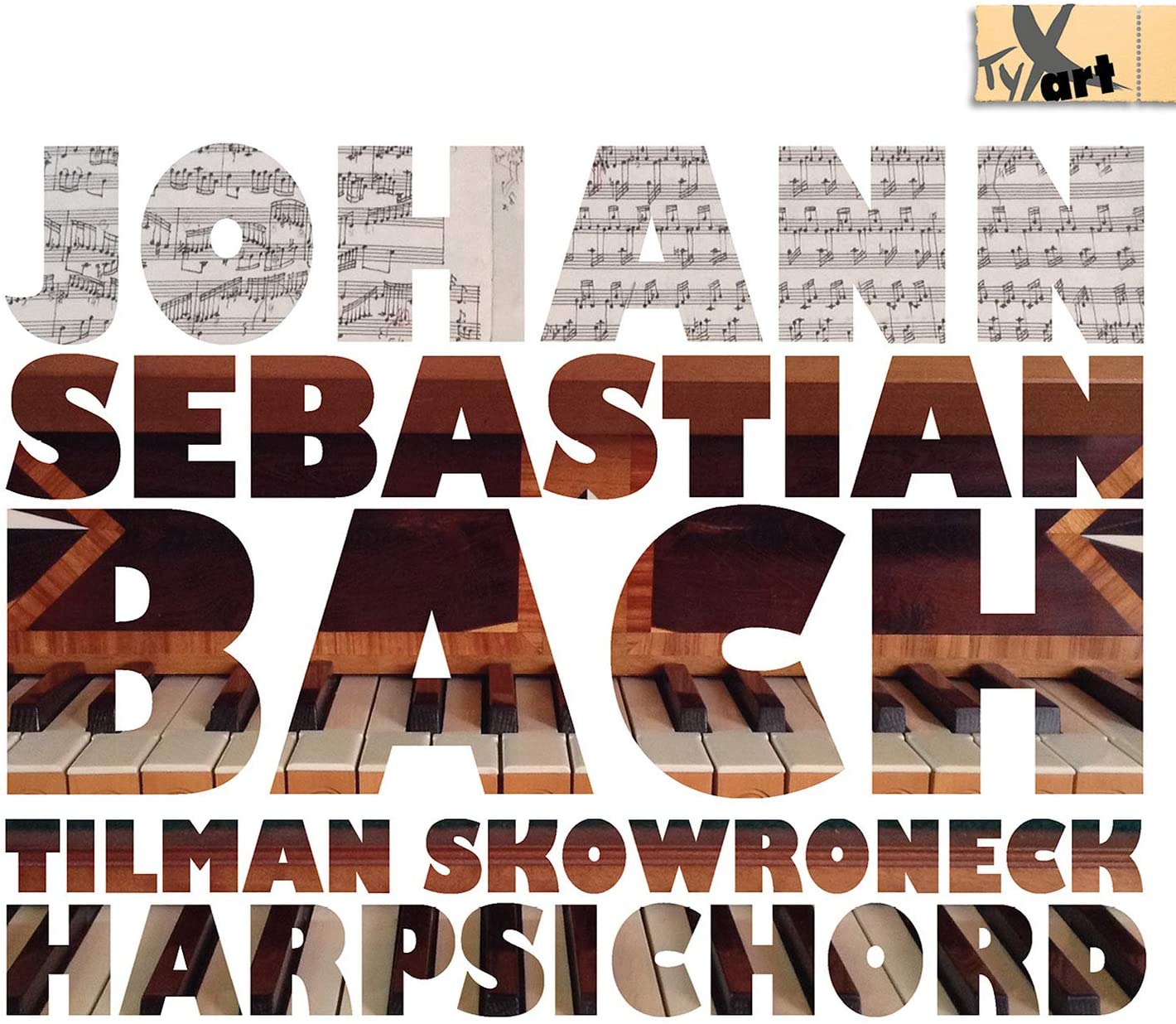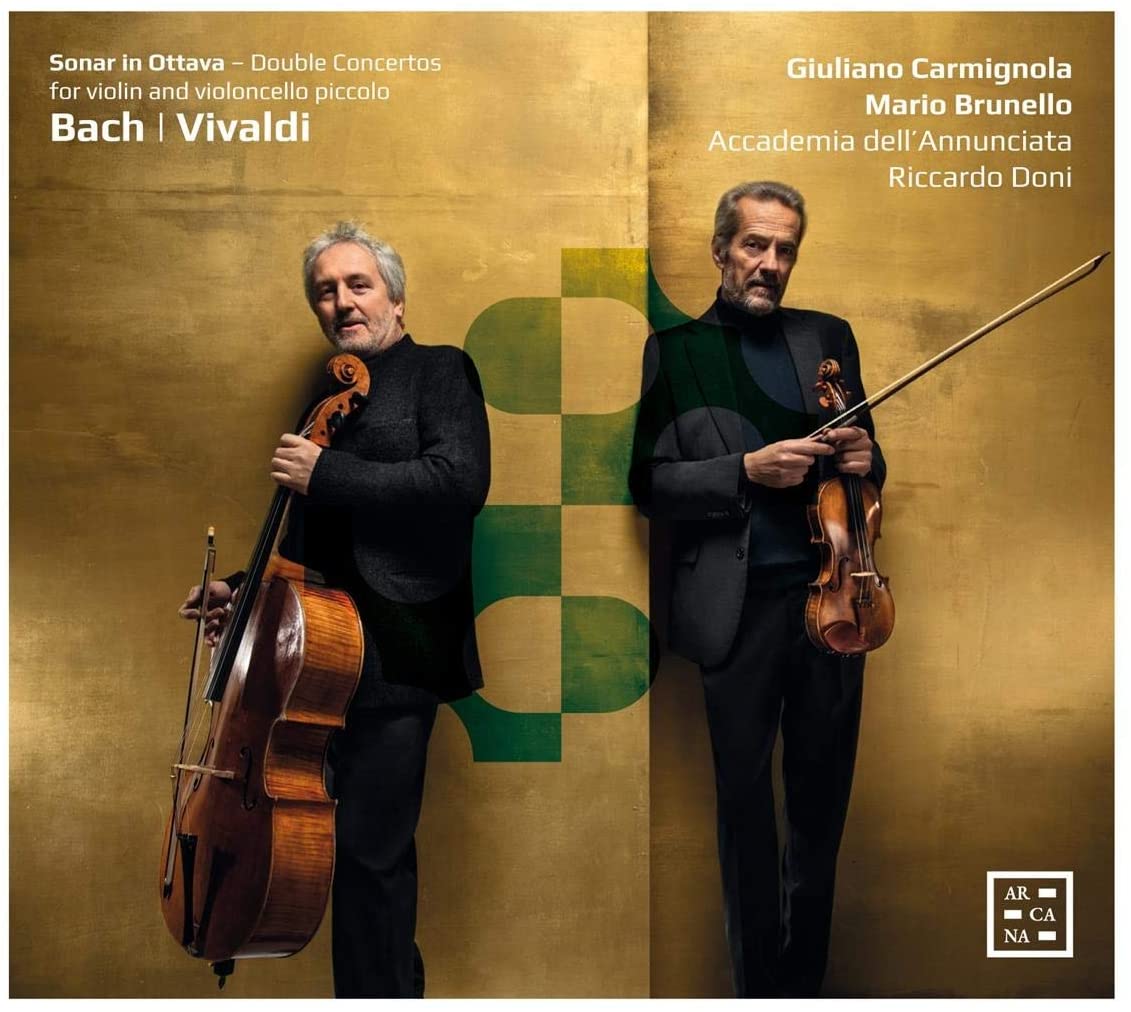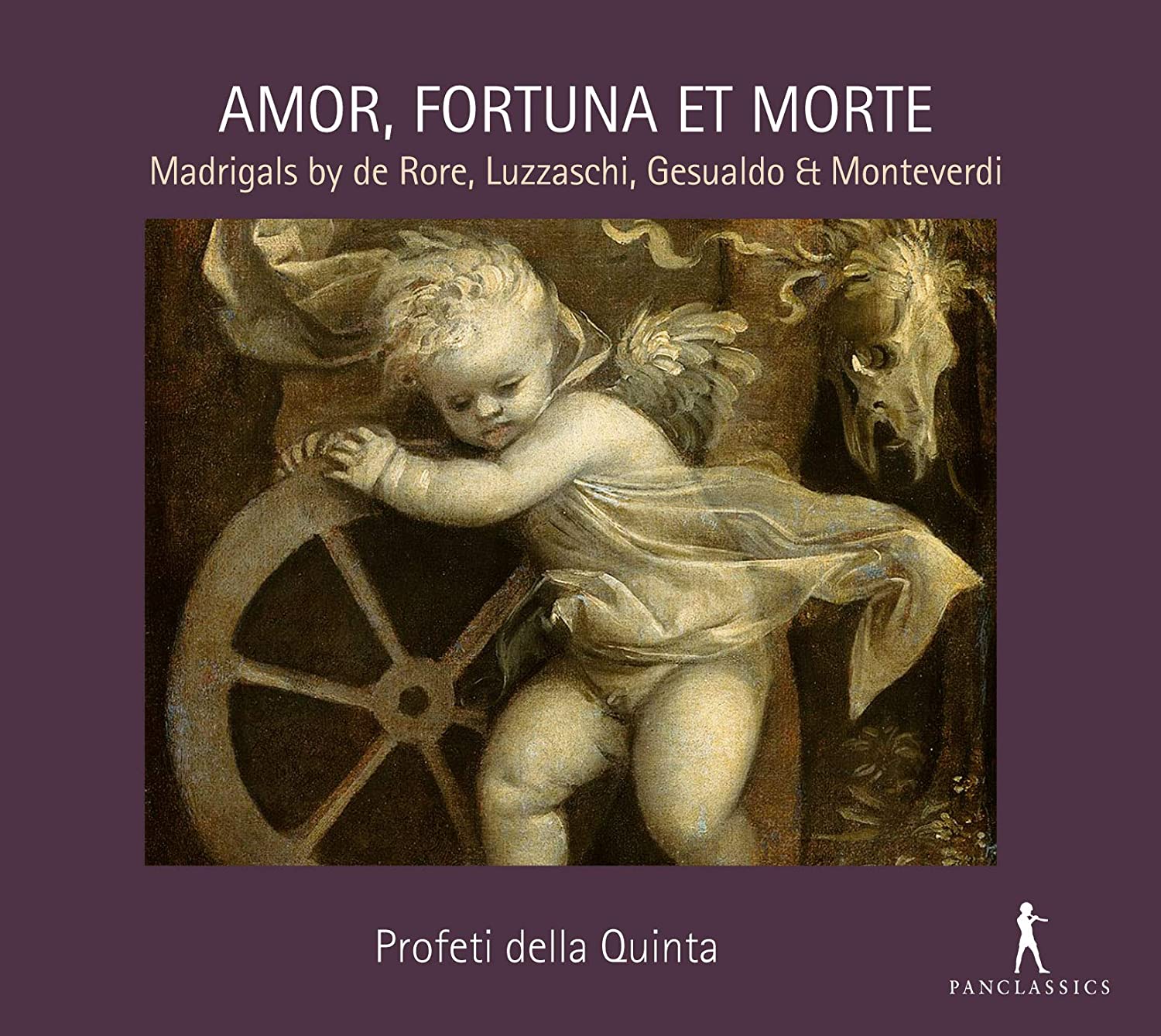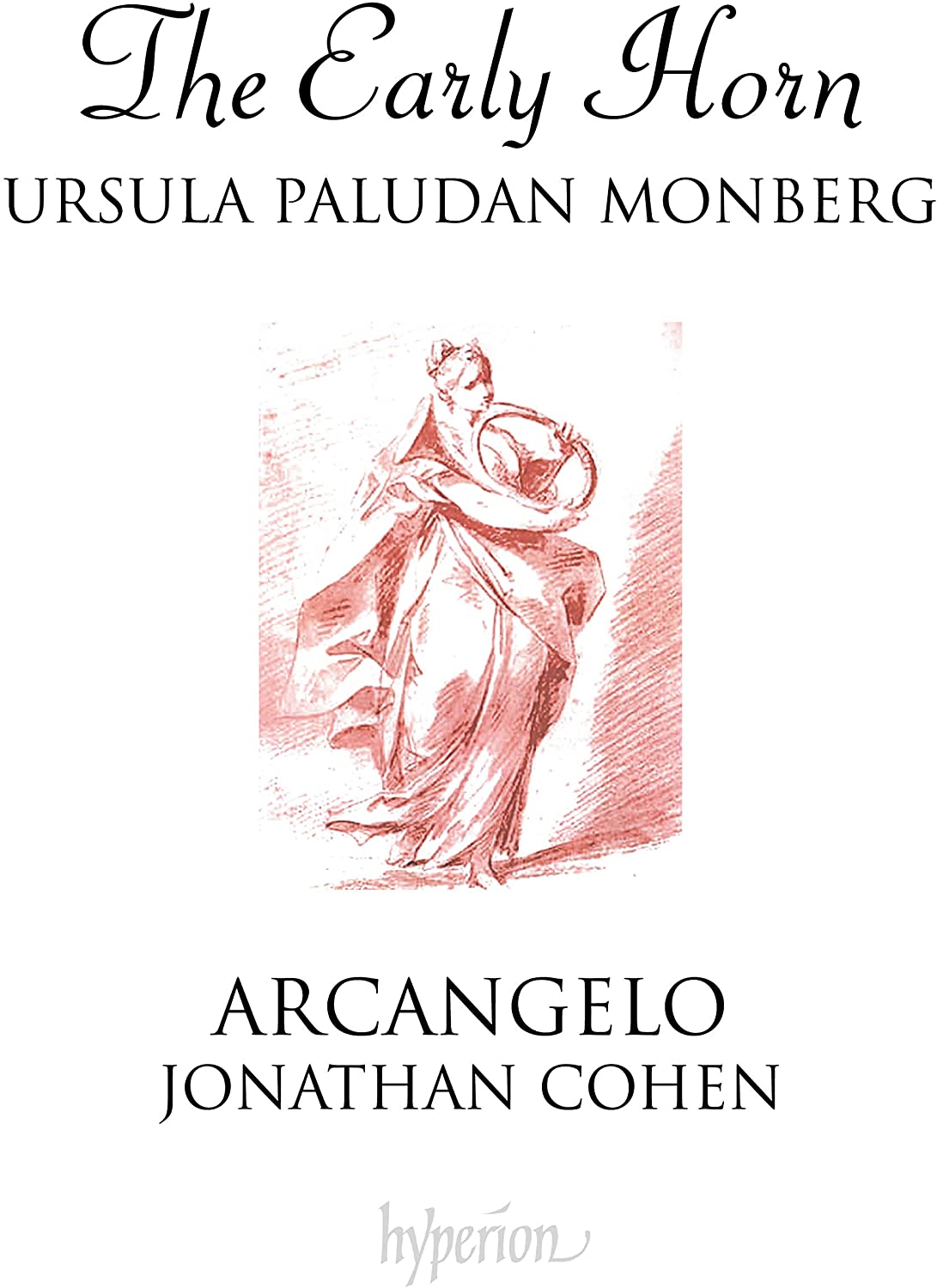Tilman Skowroneck harpsichord
69:03
TYXart TXA19133
Click HERE to buy this on amazon.co.uk
This recital by Tilman Skowroneck, a former pupil of – amongst others – Gustav Leonhardt, marks his homage to a fine instrument built by his father Martin Skowroneck in 1976 and to Leonhardt himself.
The harpsichord was first installed in a mansion in Baltimore, where the teenage Tilman remembers seeing it set up on temporary cavaletti, but then bought back after its owners’ demise by Martin in 2009 and re-installed in what was Martin’s (and is now Tilman’s) music room in Bremen. It is a copy of a Christian Zell now in Hamburg’s Museum für Kunst und Gewerbe dated 1728. It was re-quilled before this recording, and the light voicing of I suppose the upper rank makes it a very suitable choice for the version of the E-flat lute sonata BWV 998, which Bach marked ‘for lute or harpsichord’ on the title page of the autograph and can be dated around the mid 1730s. As well as the sixth of the English Suites, Skowroneck plays a transcription of the violin partita in D minor (BWV 1004) taking it down a fifth into G minor, which was a favourite piece of his for recitals. Leonhardt made these transcriptions in the spirit of Johann Sebastian arranging some earlier violin concerti for harpsichord for performance at the Leipzig Collegium Musicum evenings and Bärenreiter now publishes them; but Tilman made and plays his own version, transcribing Leonhardt’s published recording, for performance at a series of memorial concerts for Leonhardt after his death in 2012.
The instrument is certainly very easy to listen to. It is pitched at A=415 and tuned to a ‘modified Temperament Ordinaire’. This tuning certainly favours the flat keys of the chosen pieces. There is an odd resonance to the tenor F sharp, which I find rather distracting; at first, I thought it was my mobile phone buzzing in my pocket, but it is definitely that particular note on the instrument.
Tilman plays persuasively, and is a member of the stroking rather than hammering brigade, so his CD is easy to listen to, and a fine tribute to his father’s craftsmanship and his mentor’s musicianship. The music he has chosen is not frequently recorded, which makes the CD of more than usual interest. His website contains further information and has clips of more recent recordings of French music.
David Stancliffe









